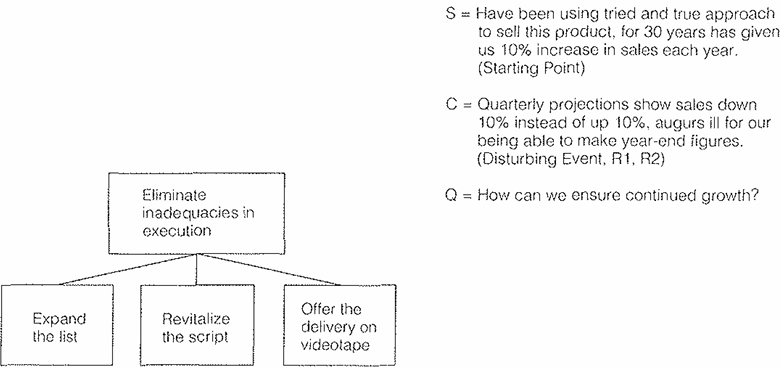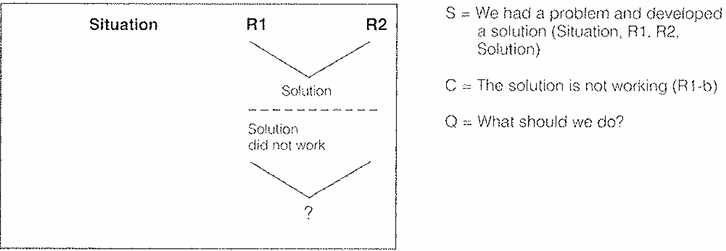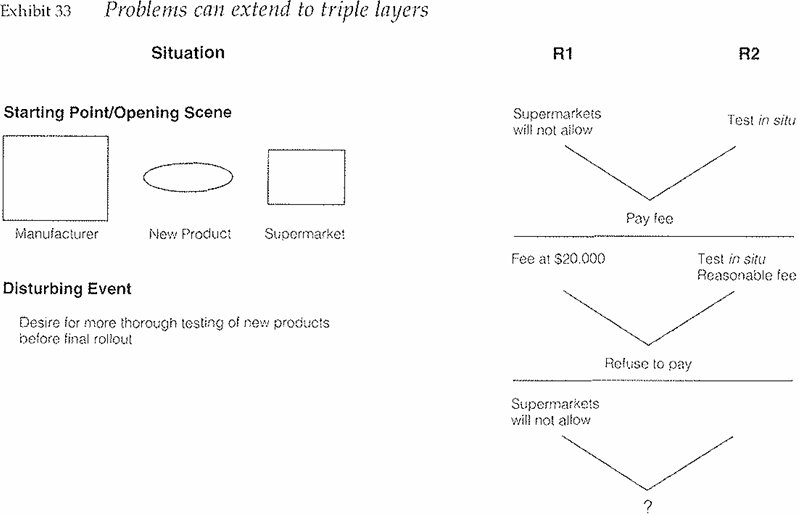

Grammar


Tenses


Present

Present Simple

Present Continuous

Present Perfect

Present Perfect Continuous


Past

Past Simple

Past Continuous

Past Perfect

Past Perfect Continuous


Future

Future Simple

Future Continuous

Future Perfect

Future Perfect Continuous


Parts Of Speech


Nouns

Countable and uncountable nouns

Verbal nouns

Singular and Plural nouns

Proper nouns

Nouns gender

Nouns definition

Concrete nouns

Abstract nouns

Common nouns

Collective nouns

Definition Of Nouns

Animate and Inanimate nouns

Nouns


Verbs

Stative and dynamic verbs

Finite and nonfinite verbs

To be verbs

Transitive and intransitive verbs

Auxiliary verbs

Modal verbs

Regular and irregular verbs

Action verbs

Verbs


Adverbs

Relative adverbs

Interrogative adverbs

Adverbs of time

Adverbs of place

Adverbs of reason

Adverbs of quantity

Adverbs of manner

Adverbs of frequency

Adverbs of affirmation

Adverbs


Adjectives

Quantitative adjective

Proper adjective

Possessive adjective

Numeral adjective

Interrogative adjective

Distributive adjective

Descriptive adjective

Demonstrative adjective


Pronouns

Subject pronoun

Relative pronoun

Reflexive pronoun

Reciprocal pronoun

Possessive pronoun

Personal pronoun

Interrogative pronoun

Indefinite pronoun

Emphatic pronoun

Distributive pronoun

Demonstrative pronoun

Pronouns


Pre Position


Preposition by function

Time preposition

Reason preposition

Possession preposition

Place preposition

Phrases preposition

Origin preposition

Measure preposition

Direction preposition

Contrast preposition

Agent preposition


Preposition by construction

Simple preposition

Phrase preposition

Double preposition

Compound preposition

prepositions


Conjunctions

Subordinating conjunction

Correlative conjunction

Coordinating conjunction

Conjunctive adverbs

conjunctions


Interjections

Express calling interjection

Phrases

Sentences


Grammar Rules

Passive and Active

Preference

Requests and offers

wishes

Be used to

Some and any

Could have done

Describing people

Giving advices

Possession

Comparative and superlative

Giving Reason

Making Suggestions

Apologizing

Forming questions

Since and for

Directions

Obligation

Adverbials

invitation

Articles

Imaginary condition

Zero conditional

First conditional

Second conditional

Third conditional

Reported speech

Demonstratives

Determiners


Linguistics

Phonetics

Phonology

Linguistics fields

Syntax

Morphology

Semantics

pragmatics

History

Writing

Grammar

Phonetics and Phonology

Semiotics


Reading Comprehension

Elementary

Intermediate

Advanced


Teaching Methods

Teaching Strategies

Assessment
Converting to an Introduction
المؤلف:
BARBARA MINTO
المصدر:
THE MINTO PYRAMID PRINCIPLE
الجزء والصفحة:
124-8
2024-09-16
1093
Converting to an Introduction
Best of all, once you are ready to put the solution in writing, you can easily convert the problem definition to an introduction. You simply read from left to right and down, with the last thing known by the reader always serving as the Complication that triggers the Question. Thus, in this case:

This was, of course, a highly simplified example, in which the question was simply "How do we get from R1 to R2?" worked out in this form:

Most problems have a more complex history. A company could, for example, have identified a problem and already come up with a solution. In that case, the question would be either "Is it the right solution?" or "How do we implement the solution?" And the existence of the solution becomes the Complication that triggers the question.

Or a company could have had a problem, come up with a solution, and found the solution is not working. Then the question is again "What should we do?"

Or you could even have a triple-layer problem, in which the second Solution also did not work. Suppose, for example, you are a large packaged foods manufacturer, back in the days when supermarkets were a fairly new institution. Despite extensive new-product testing, you feel more comfortable testing about-to-be-released products on the supermarket shelves for a week or so before starting the full-scale launch.
You have gone to the supermarkets and announced your intention, but they have balked at allowing you to come in and disrupt their orderly existence. However you have offered to pay a modest fee for the privilege, and they have accepted.
Time passes, supermarkets band into chains, and the fee, as fees have a habit of doing, increases to $20,000 a week, which you think is an outrageous amount of money: A committee is convened to look into the problem but, as committees also have a habit of doing, can agree on no solution other than to refuse to pay. Alas, the supermarkets also refuse to allow week-long test marketing of products on their shelves.
We now have a problem that would be structured to look like Exhibit 33.

This is indeed a complex history But, because you have been able to lay it out and look at it in this orderly way, you can quite easily describe it in a few sentences in the introduction to, say, a speech to members of your industry Again, the technique is to read from left to right and down, making the last thing known by the reader the Complication.
Situation
As you know, in order to overcome the supermarkets' reluctance to permitting week-long testing of new products on their shelves, we in the industry have over the last several years been paying them a fee. This fee has increased every year, so that it now stands at $20,000 somewhat high for a week's use of shelf space. In an effort to make the supermarkets see reason, we have refused to pay the fee. (Situation, R1-a, R2-a, Solution-a, R1-b, R2-b, Solution-b)
Complication
Unfortunately, they have also refused to let us test-market our products. (R1-c)
Question
The question we want to deal with today is how should we respond?
As I said earlier, you use the Problem Definition Framework as the first step in the problem-solving process, as well as the first step in building a pyramid of the ideas that will communicate the solution. You will also find the framework invaluable as an aid to pinpointing and correcting problems in documents passed on to you for review. In either case, the process you want to follow is:
- Lay out the basic parts of the problem as shown in the previous exhibits.
- Identify where you are in terms of the solution. (Has a solution already been suggested or accepted?)
- Determine the appropriate question.
- Check that the introduction reflects the problem definition.
- Check that the pyramid answers the question.
Let me take you through this general process, finishing with a real-life example. Then I will show you how to expand on the problem definition to structure the analysis of the problem and generate possible solutions.
 الاكثر قراءة في Writing
الاكثر قراءة في Writing
 اخر الاخبار
اخر الاخبار
اخبار العتبة العباسية المقدسة

الآخبار الصحية















 قسم الشؤون الفكرية يصدر كتاباً يوثق تاريخ السدانة في العتبة العباسية المقدسة
قسم الشؤون الفكرية يصدر كتاباً يوثق تاريخ السدانة في العتبة العباسية المقدسة "المهمة".. إصدار قصصي يوثّق القصص الفائزة في مسابقة فتوى الدفاع المقدسة للقصة القصيرة
"المهمة".. إصدار قصصي يوثّق القصص الفائزة في مسابقة فتوى الدفاع المقدسة للقصة القصيرة (نوافذ).. إصدار أدبي يوثق القصص الفائزة في مسابقة الإمام العسكري (عليه السلام)
(نوافذ).. إصدار أدبي يوثق القصص الفائزة في مسابقة الإمام العسكري (عليه السلام)


















